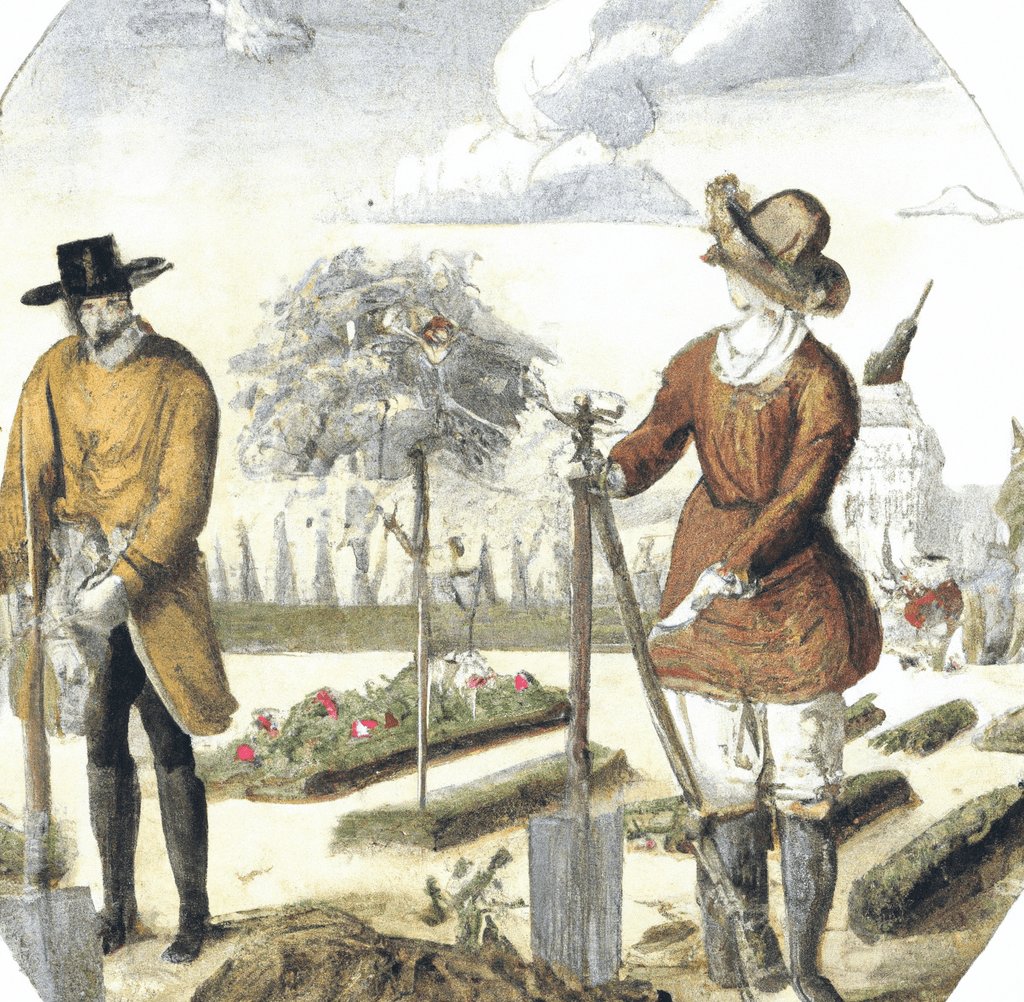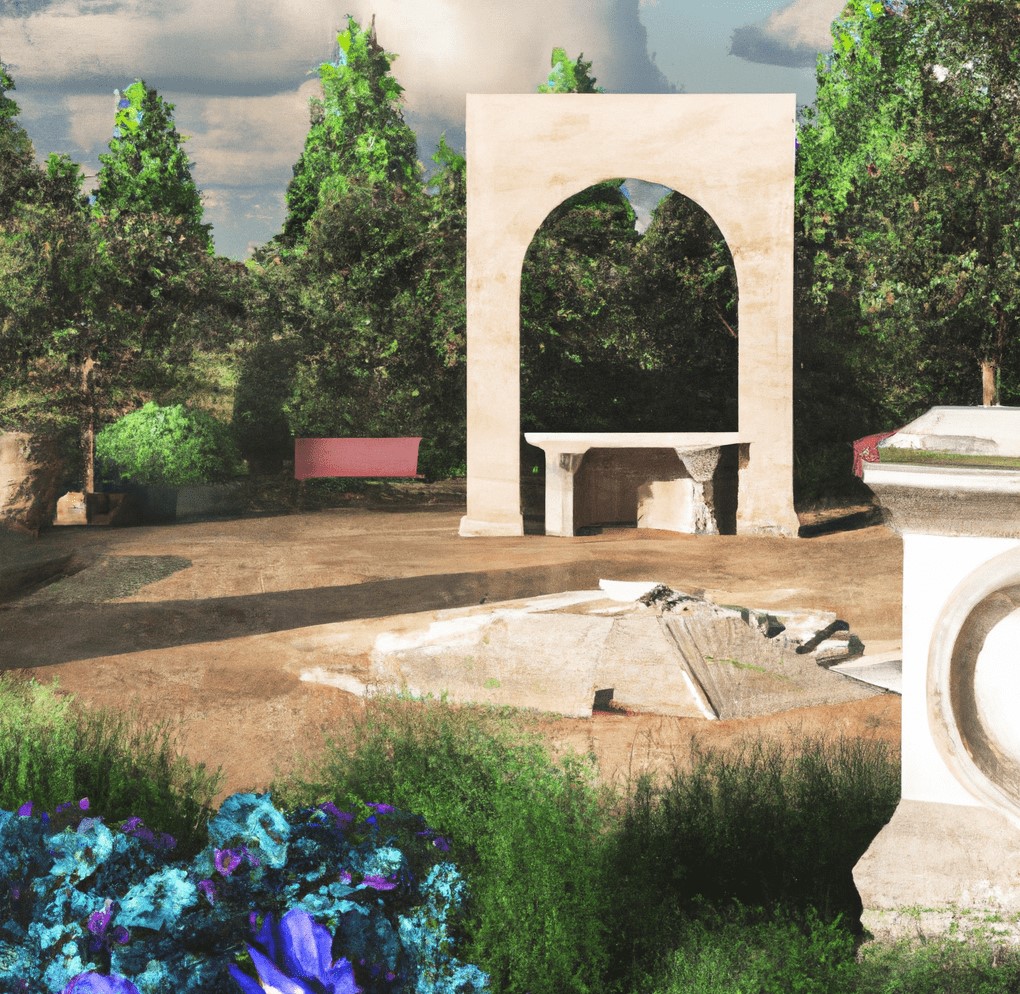Gardening, the cultivation of plants for aesthetic or practical purposes, has a long and storied history dating back thousands of years. From ancient civilizations to modern backyards, the art of gardening has evolved and adapted to changing societal needs and technological advances. In this article, we will explore the history of gardening, including the role of plants in early societies, the evolution of backyard gardening, and the cultural significance of flowers.
Plants have played a vital role in human life since ancient times. In early societies, plants were used for food, medicine, and other practical purposes. The cultivation of plants was often tied to religious or spiritual beliefs, and gardens were often seen as sacred spaces. As civilizations developed, gardening became a more widespread practice and gardens were used for both practical and decorative purposes.
The concept of the backyard garden is a relatively modern one, emerging in the 19th and 20th centuries as urbanization and suburbanization increased. Prior to this, gardens were typically found in the countryside or on the grounds of large estates. The rise of the backyard garden can be attributed to several factors, including the increasing availability of land, the popularity of Victorian-era gardening, and the growing interest in self-sufficiency and sustainability.
Flowers, in particular, have played a significant role in the history of gardening. From ancient cultures to modern day, flowers have been used for a variety of purposes, including religious ceremonies, medicinal remedies, and as a symbol of love and affection. In the 19th and 20th centuries, the cultivation of flowers became a popular pastime, with the development of new varieties and the rise of flower shows and competitions.
In conclusion, the history of gardening is a rich and varied one, with plants and flowers playing a central role in human society for thousands of years. From ancient civilizations to modern backyards, the art of gardening has evolved and adapted to changing needs and technological advances, and continues to be a beloved and integral part of many cultures around the world.

Noteworthy Moments in Gardening History
Throughout history, there have been numerous notable moments and developments in the world of gardening. Here are a few of the most noteworthy:
- The ancient Romans were known for their elaborate gardens and horticultural skills. The Roman Empire is credited with introducing several new plants to Europe, including roses, apples, pears, and plums. The Hanging Gardens of Babylon, one of the Seven Wonders of the Ancient World, were also known for their elaborate plantings and water features.
- In the 19th and 20th centuries, the concept of the backyard garden became increasingly popular as urbanization and suburbanization increased. This period also saw the rise of Victorian-era gardening, with a focus on ornate and formal garden design.
- Modern gardening techniques and technologies, such as the use of greenhouses and hydroponics, have allowed for the cultivation of plants in a wider range of environments and have made gardening more accessible to people living in urban areas.
- Gardening has also gained popularity in recent years as a form of therapy and stress-relief, with the rise of the “backyard farmer” movement and the increasing focus on sustainability and self-sufficiency.
Overall, the history of gardening is full of noteworthy moments and developments that have shaped the way we cultivate plants today. From ancient civilizations to modern backyards, the art of gardening has evolved and adapted to changing societal needs and technological advances.

What is The History of Gardening
Gardening, the cultivation of plants for aesthetic or practical purposes, has a long and varied history. Evidence suggests that gardening dates back to ancient civilizations in Mesopotamia, Egypt, and China, where people grew vegetables and herbs for medicinal and culinary purposes. In ancient Rome, gardens were a symbol of wealth and status, and were often used for entertaining guests. During the Middle Ages, monasteries played a significant role in the development of gardening, as monks cultivated plants for medicinal and culinary purposes. In the Renaissance, gardens became more ornamental and were designed to reflect the interests and values of the owner. In the 18th and 19th centuries, the rise of the middle class led to a greater emphasis on home gardens as a source of food and beauty. Today, gardening continues to be a popular hobby and activity, with a focus on sustainability and environmentalism.
Bottom Line: The History of Gardening from Ancient Times to the Modern Backyard
Gardening, the practice of cultivating plants for food, medicine, and aesthetics, has a long and varied history dating back to ancient civilizations. Throughout the ages, gardening techniques and styles have evolved to suit different climates, cultures, and societal needs. Today, gardening is a popular hobby and profession that encompasses a wide range of practices, including traditional vegetable and flower gardening, landscape design, and urban farming. It continues to play an important role in the production of food, medicine, and beauty, as well as in the promotion of environmental sustainability and well-being.
If you’re interested in the history of gardening, you may also be interested in what is the purpose of gardening and who can garden.







